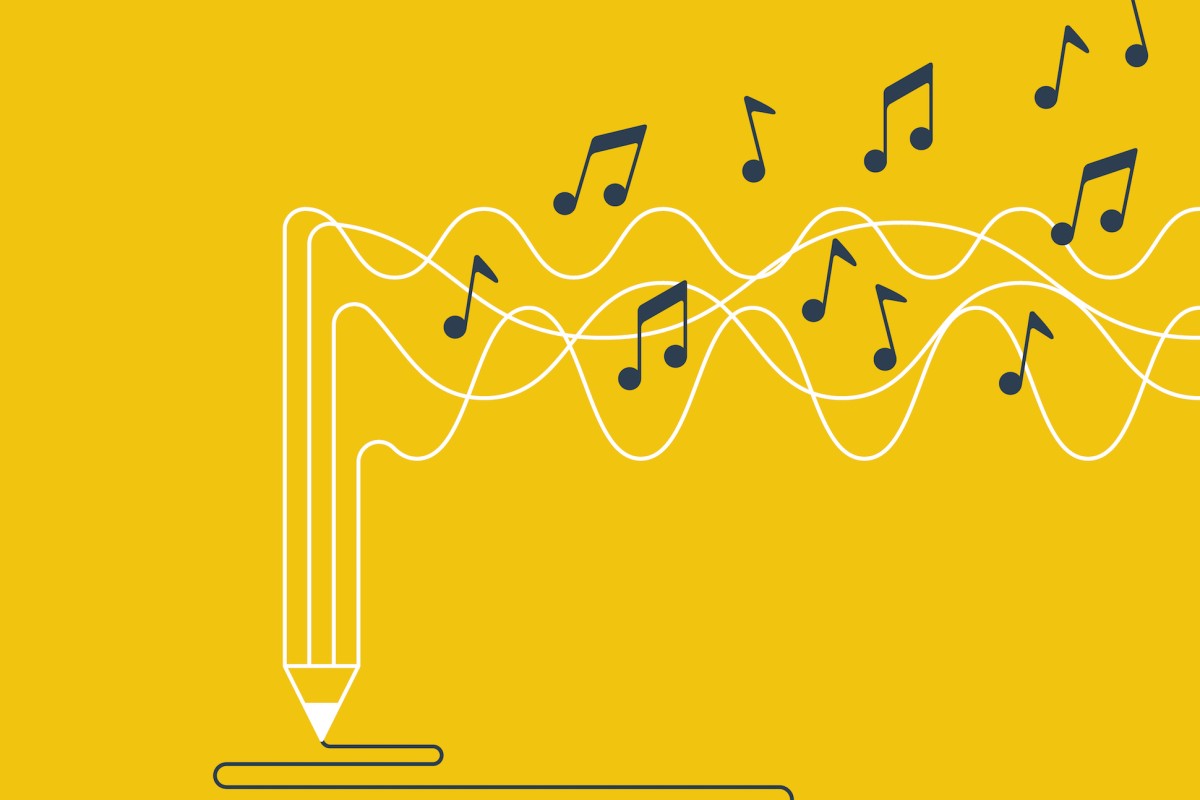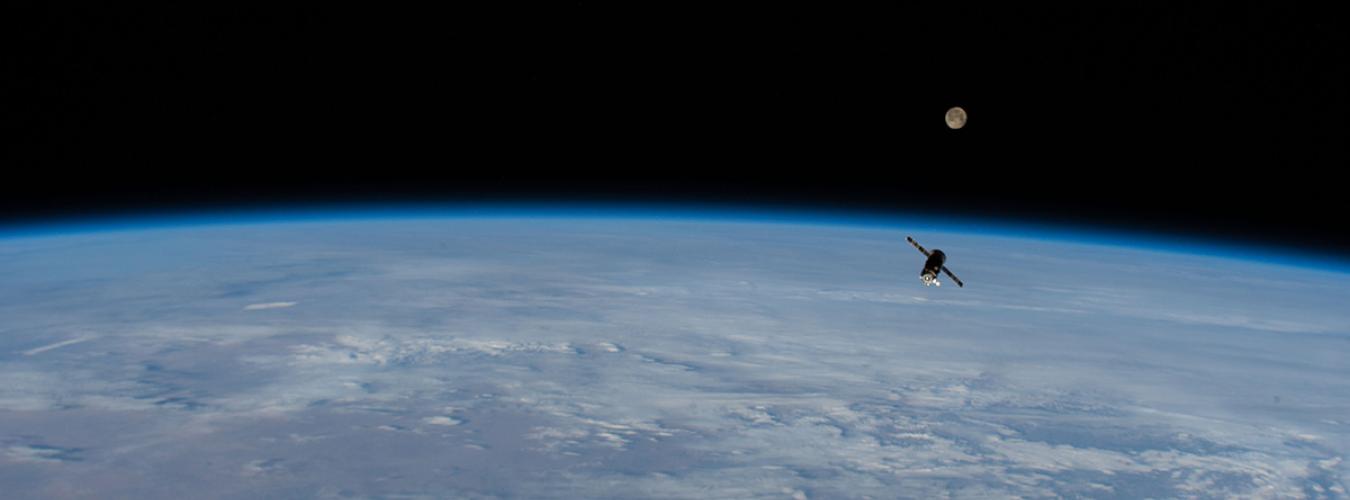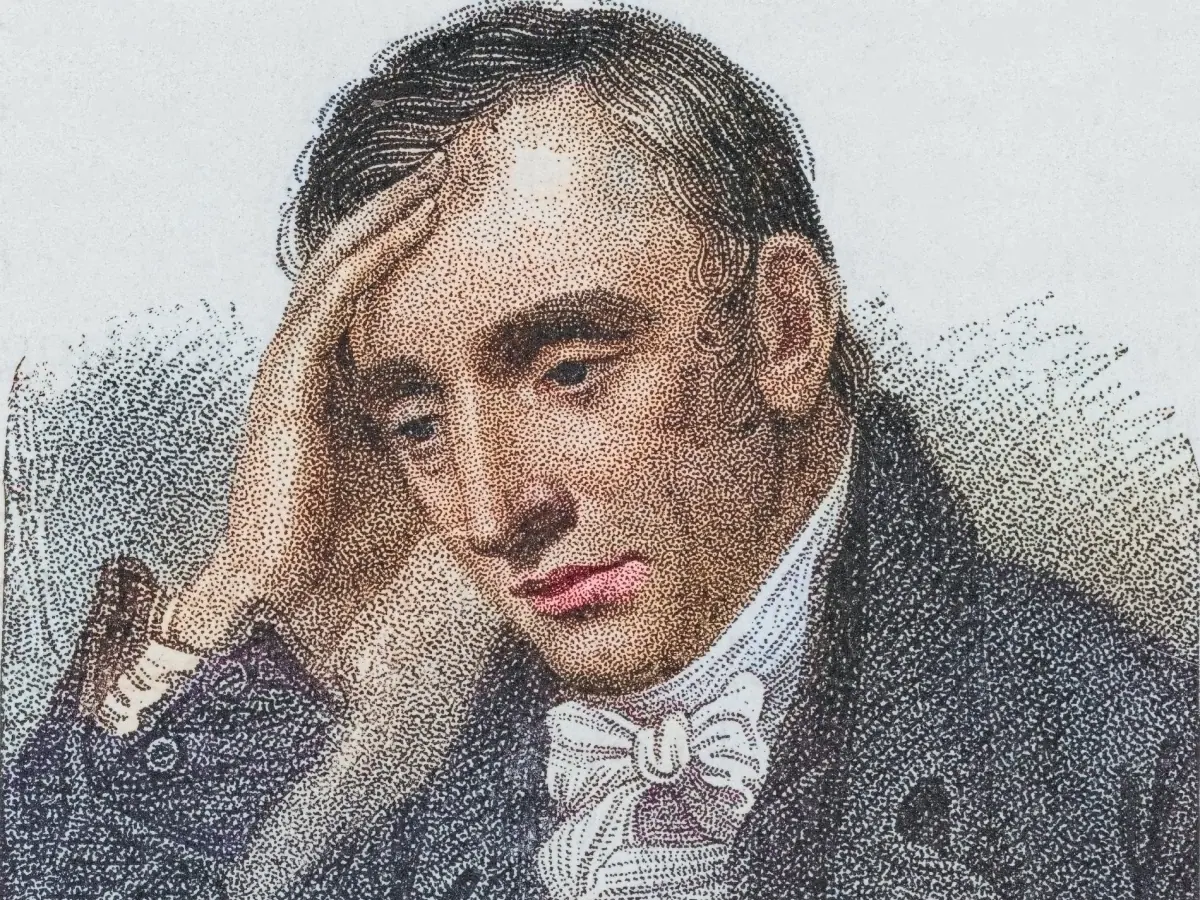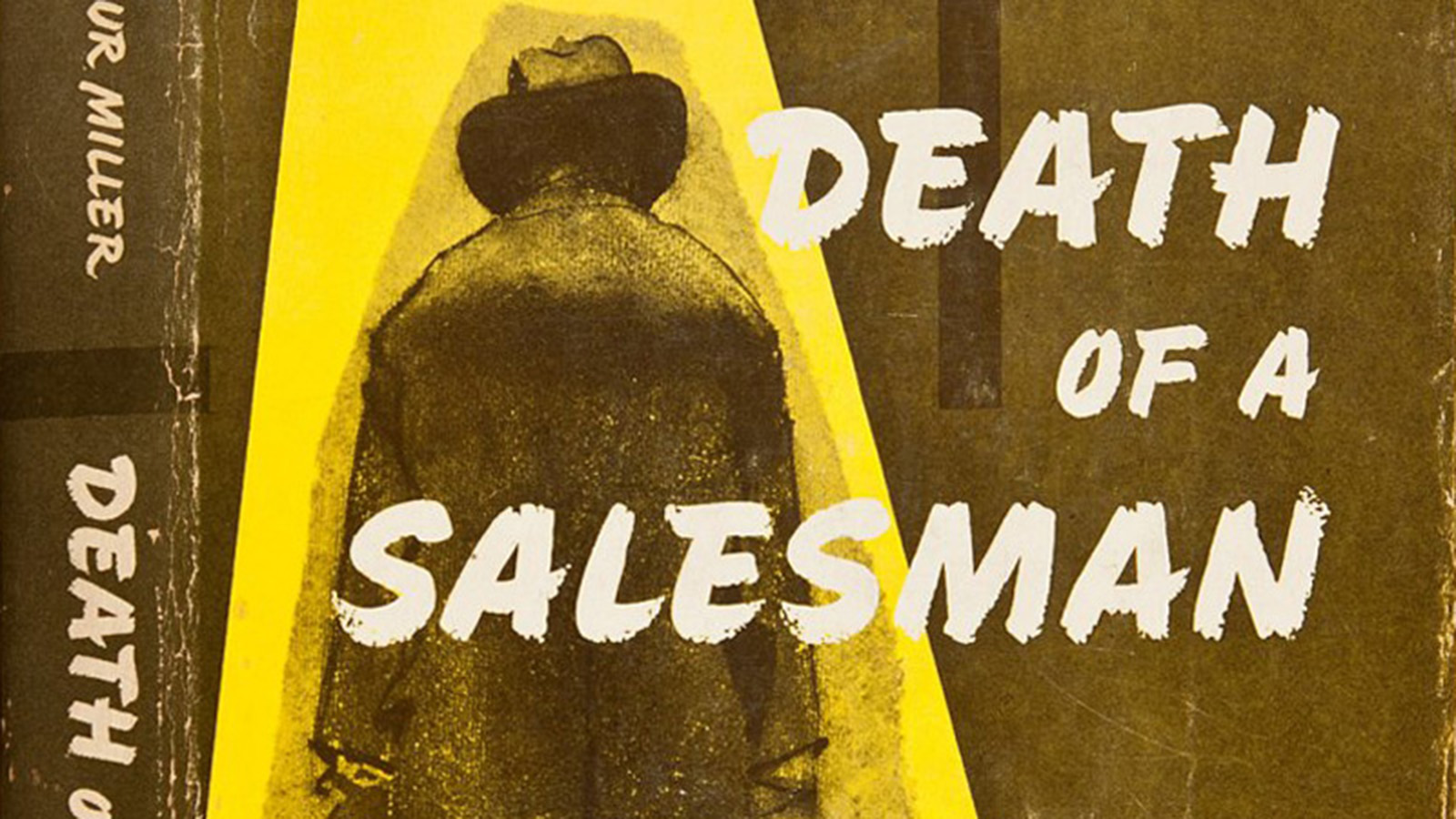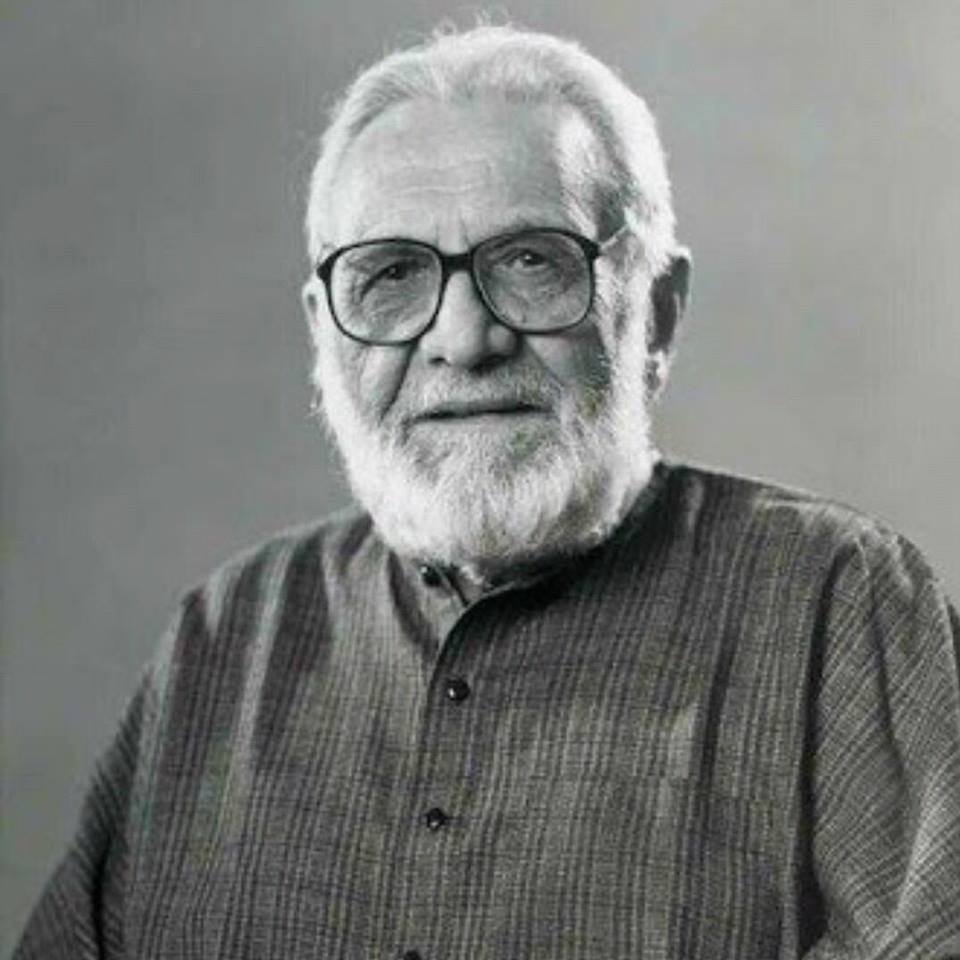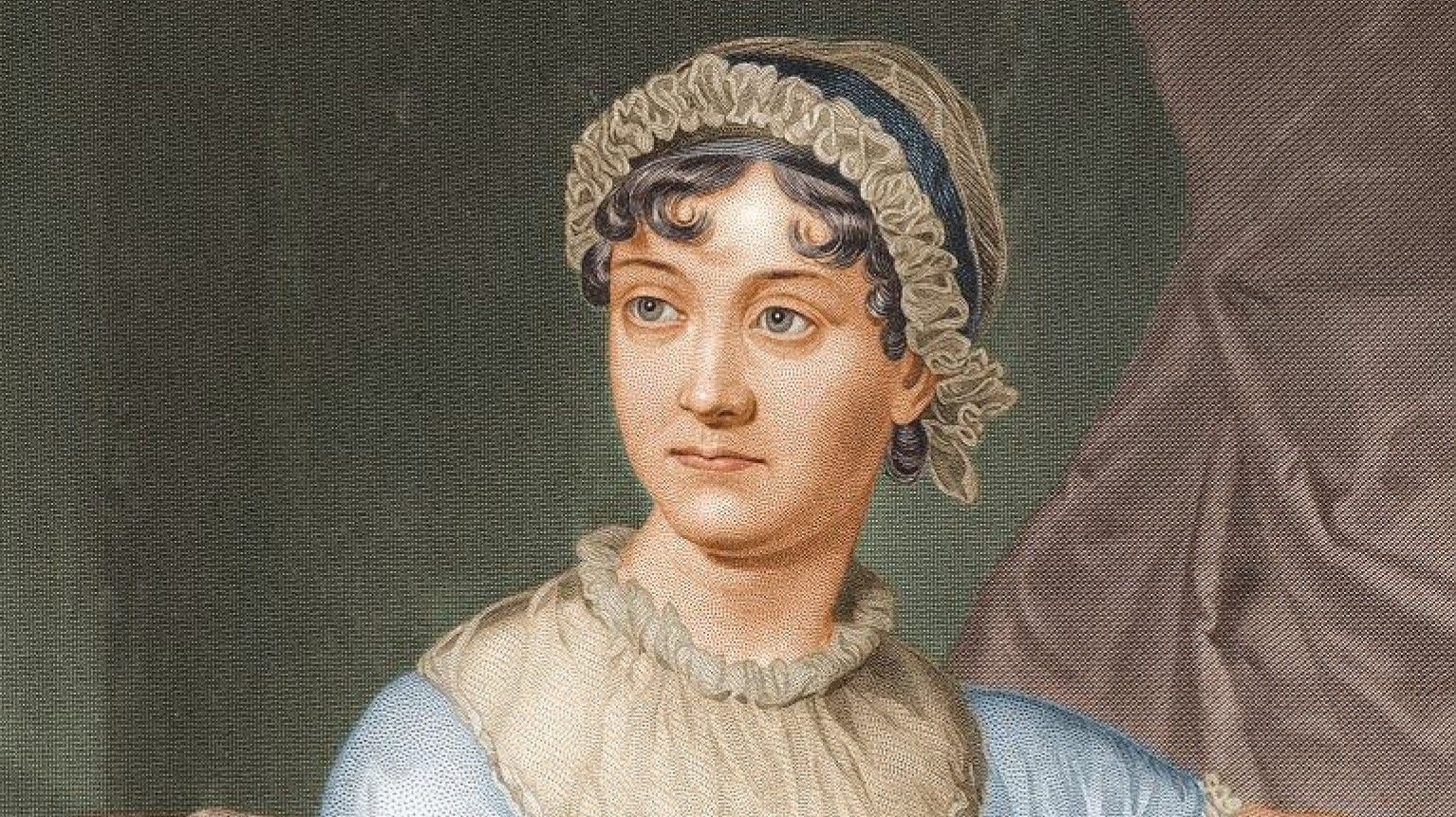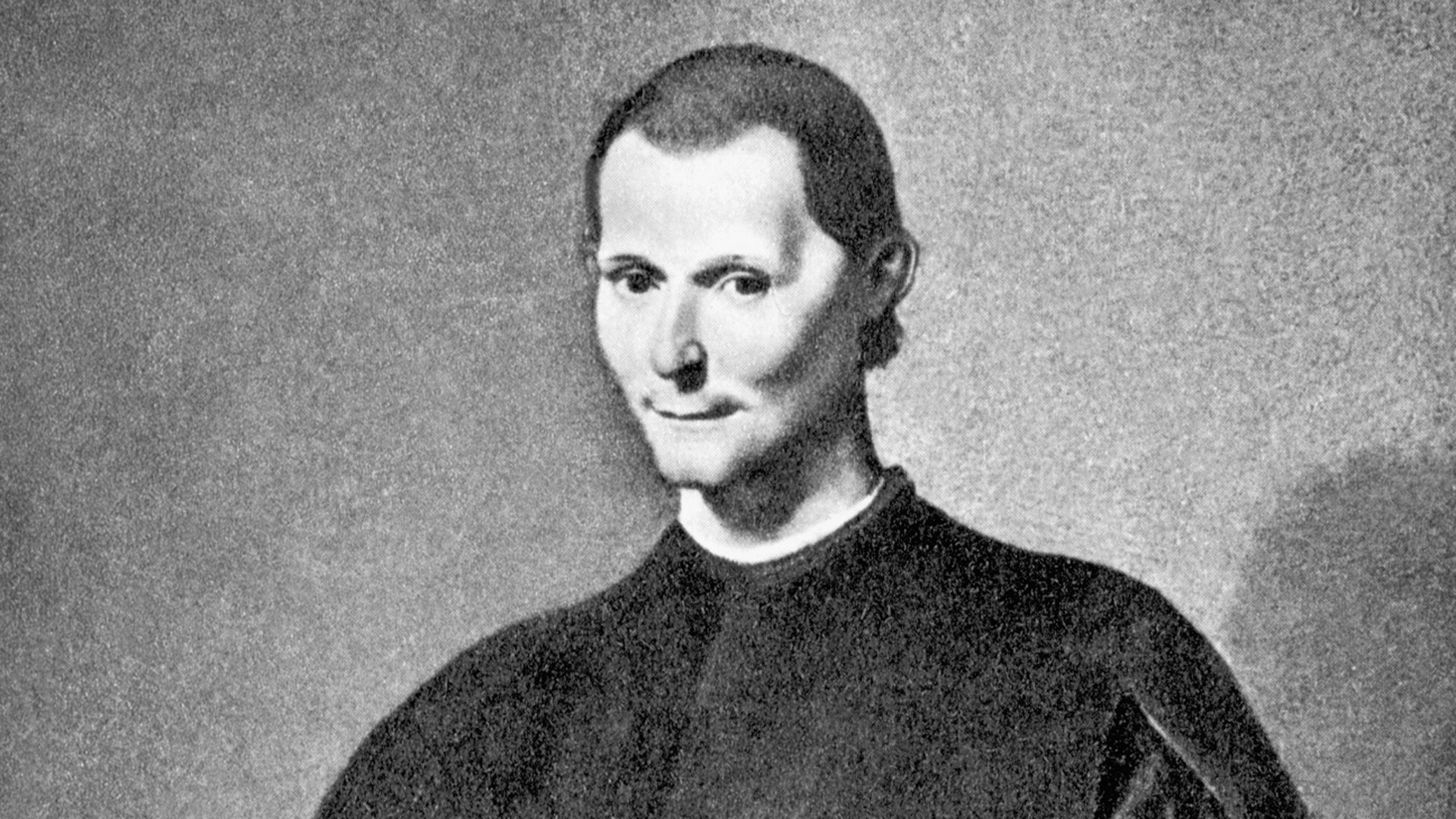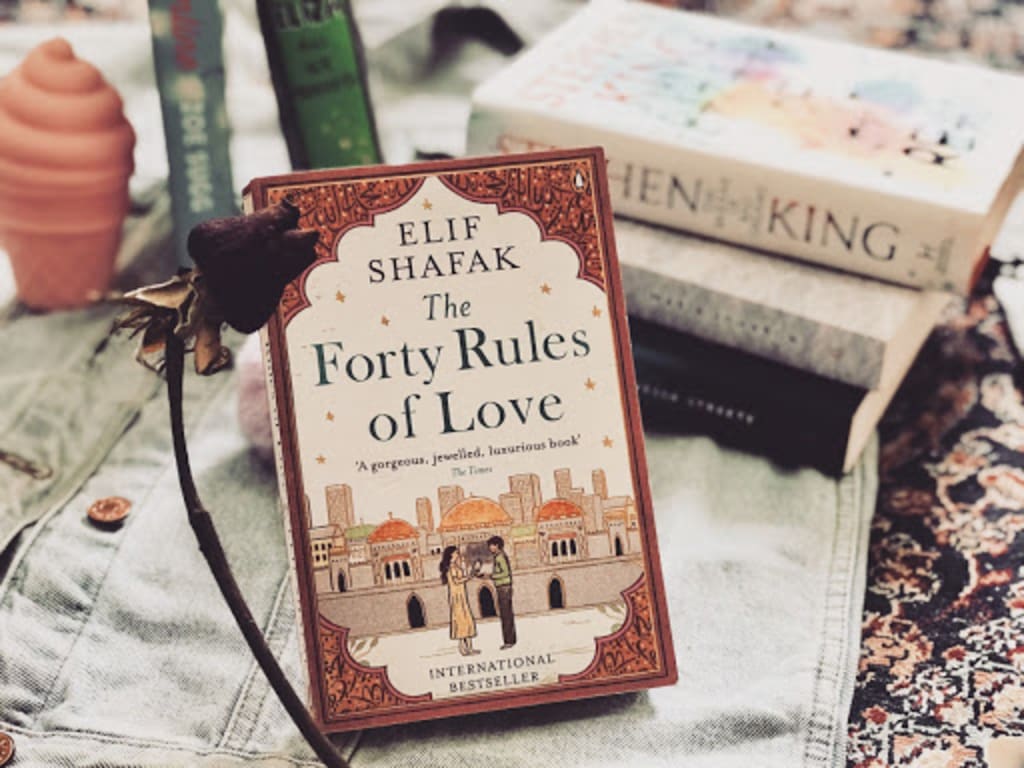Pareeshe Fatima
The bond between poetry and music transcends mere lyrics set to melody. Poetry breathes life into music, enriching it with layers of meaning, emotion, and imagery that resonate far beyond the notes themselves. Here’s how poetry elevates music in several key ways:
1. Storytelling and Depth:
Music speaks through melody and rhythm, but it often lacks the nuanced narrative ability of language. Poetry, with its carefully chosen words and vivid imagery, fills this gap. It provides a story, a context, a journey for the listener to embark on alongside the music. Imagine the difference between an instrumental love song and one adorned with lyrics like “How do I love thee? Let me count the ways…” Poetry imbues music with depth, giving it a soul and a voice that resonates on a deeper level.
2. Emotional Resonance:
The power of poetry lies in its ability to evoke a kaleidoscope of emotions. By tapping into universal themes and experiences, words paint pictures within the listener’s mind, sparking joy, sorrow, hope, or anger. When paired with music, this synergy amplifies the emotional impact. A poignant melody paired with lyrics like “What a tangled web we weave, when first we practice to deceive…” becomes a powerful commentary on human nature, its impact amplified by the marriage of music and verse.
3. Imagery and Visualization:
Music can create soundscapes, but poetry paints detailed portraits. The right verse can transport the listener to a specific setting, conjure a vivid image, or evoke a strong sense of atmosphere. Imagine a song describing a lover’s embrace under a starry sky. The music sets the mood, but the lyrics like “Like diamonds scattered on velvet blue…” paint the picture, making the experience tangible and deeply personal.
4. Meaning and Interpretation:
Music often holds open-ended interpretations, allowing listeners to project their own experiences and emotions onto the sounds. Poetry, while adding narrative and imagery, can also lend itself to multiple interpretations. This richness adds layers of meaning, inviting audiences to engage with the music on a deeper level and discover unique personal connections. A single song with powerful lyrics can resonate differently with each listener, creating a personalized and intimate experience.
5. Cultural Connections and Inspiration:
Poetry often reflects the cultural backdrop and zeitgeist of its time. By incorporating these elements into songs, music gains not only meaning but also a sense of history and cultural relevance. Imagine a protest song echoing the sentiments of a poem that ignited a social movement. The music amplifies the message, reaching a wider audience and inspiring action.
Poetry and music are not just companions; they are collaborators, each enhancing the other’s impact. By adding narrative, depth, emotion, imagery, and cultural connections, poetry transforms music into a truly powerful and multifaceted art form. So, the next time you listen to a song, pay attention to the lyrics – you might just discover a whole new dimension of meaning and beauty. In conclusion, poetry and music are not simply separate art forms; they are partners in a beautiful and powerful dance. By adding layers of meaning, emotional depth, cultural context, and creative inspiration, poetry elevates music to a new level of expression and impact. So, the next time you listen to a song with evocative lyrics, remember the poet’s hand in crafting the emotional journey you’re experiencing. It’s a testament to the enduring power of words and music working in harmony.
Please, subscribe to the YouTube channel of republicpolicy.com



































